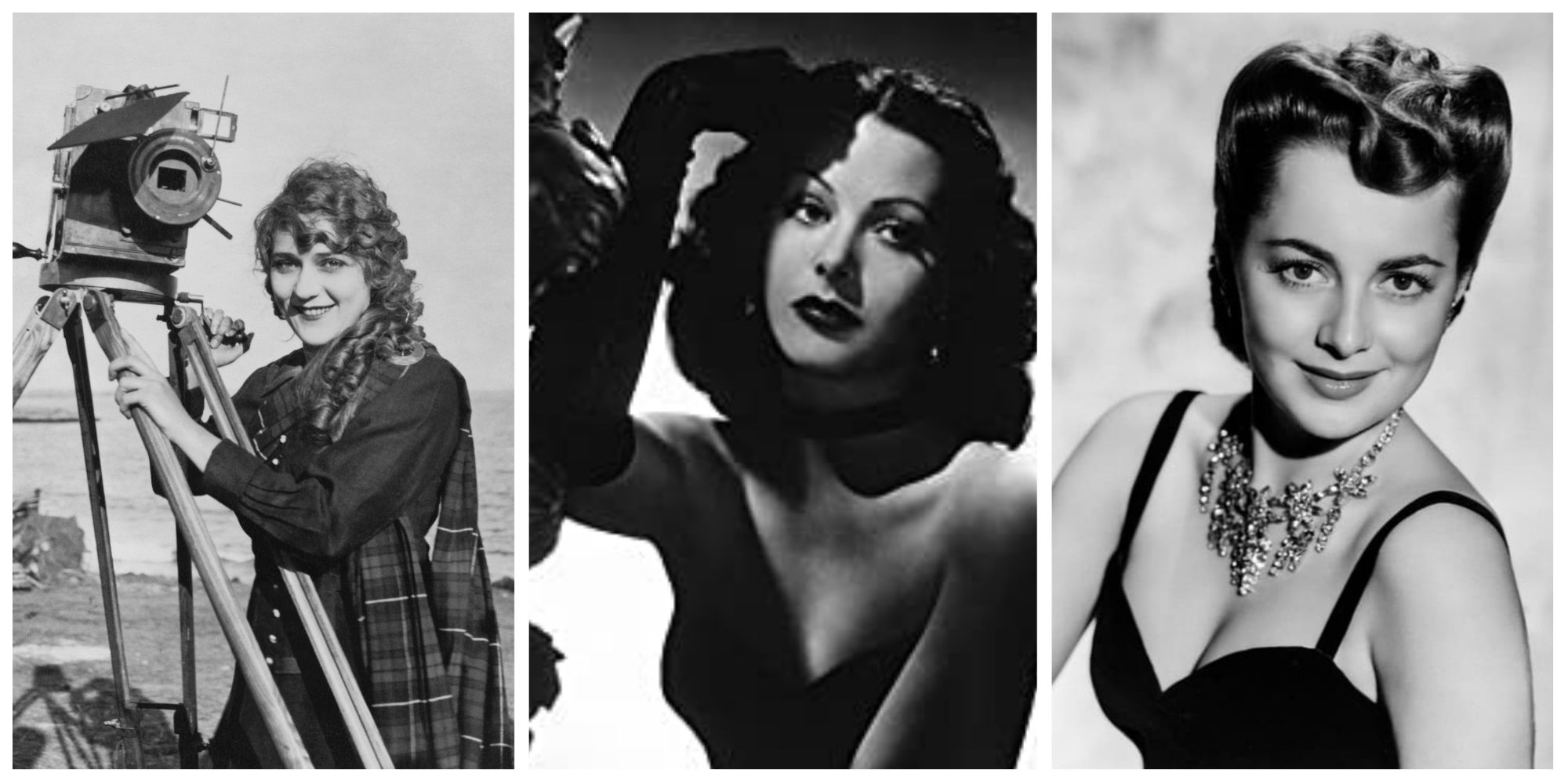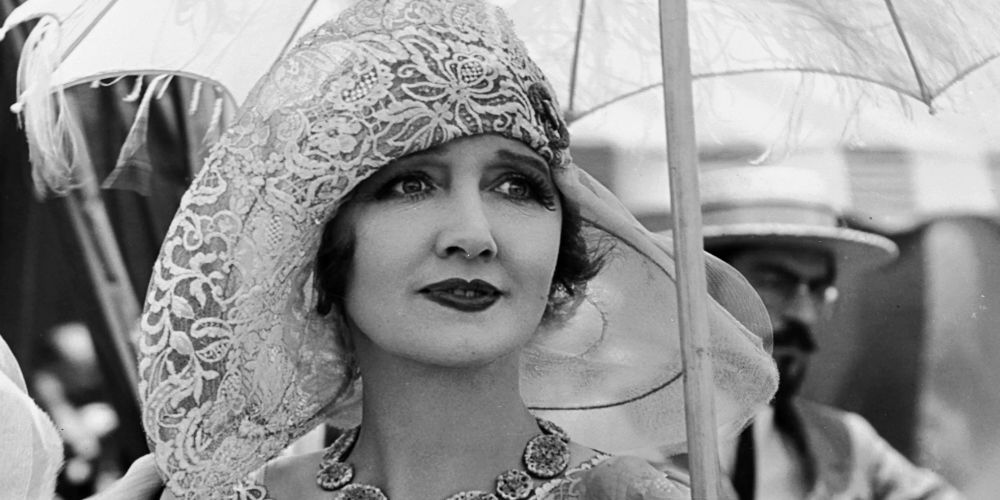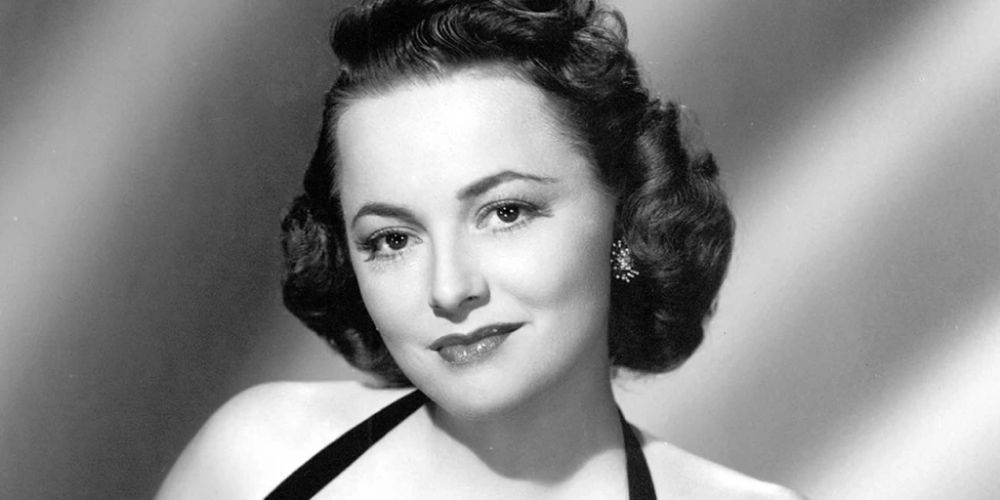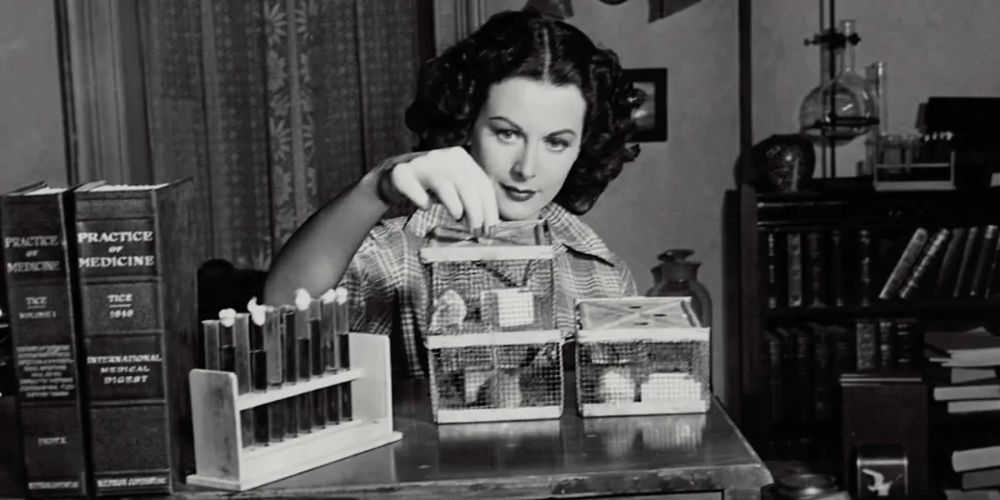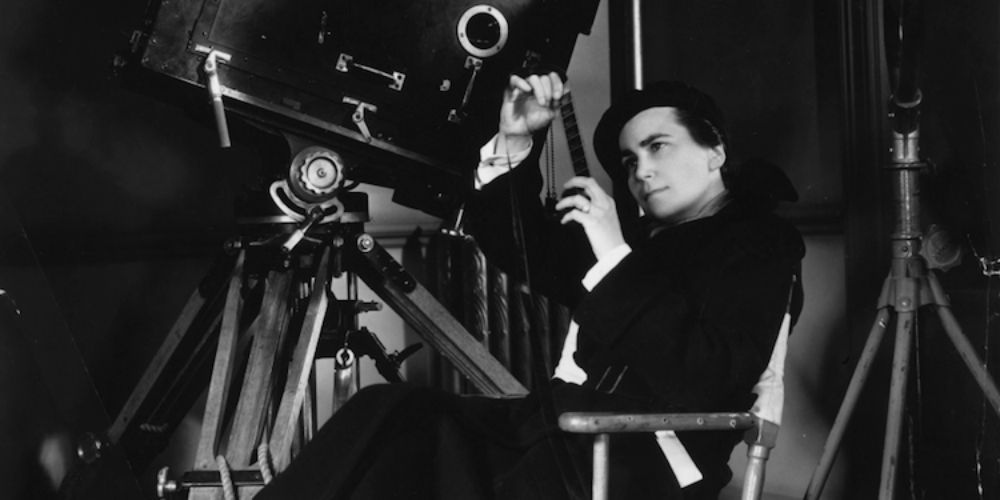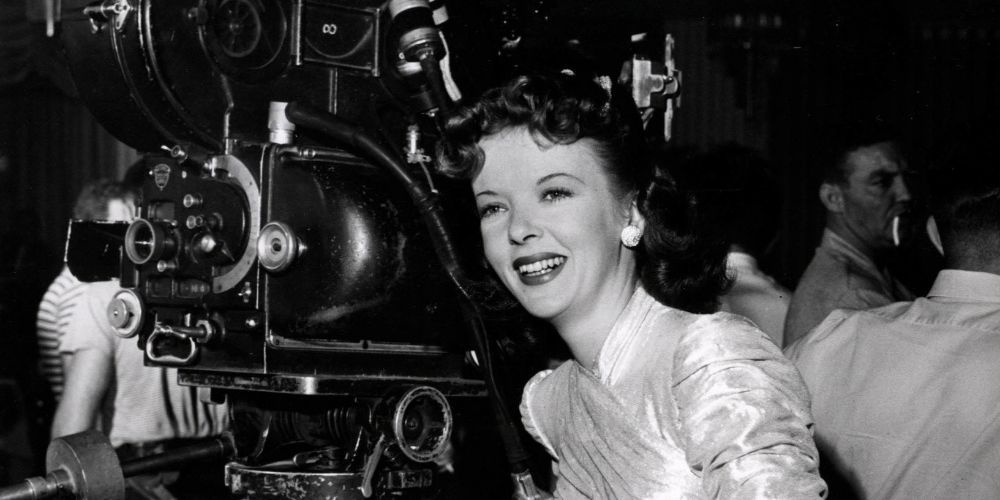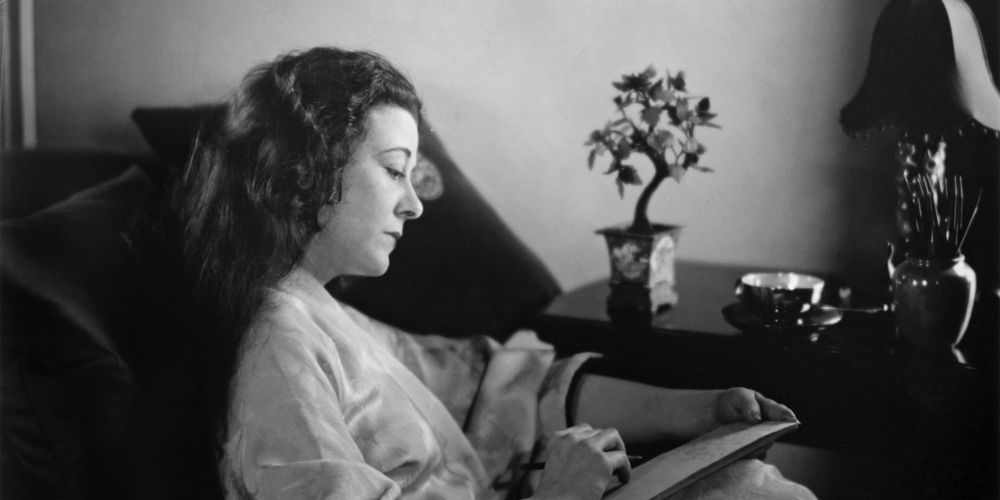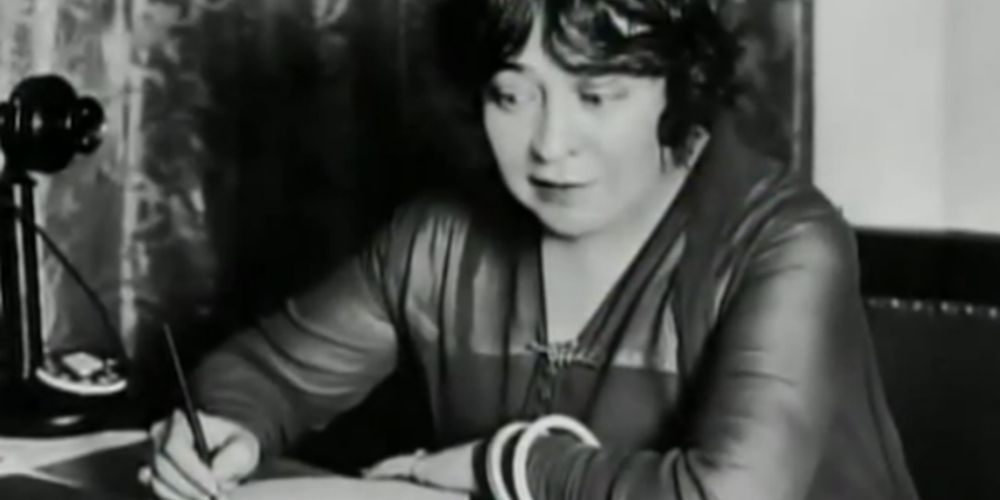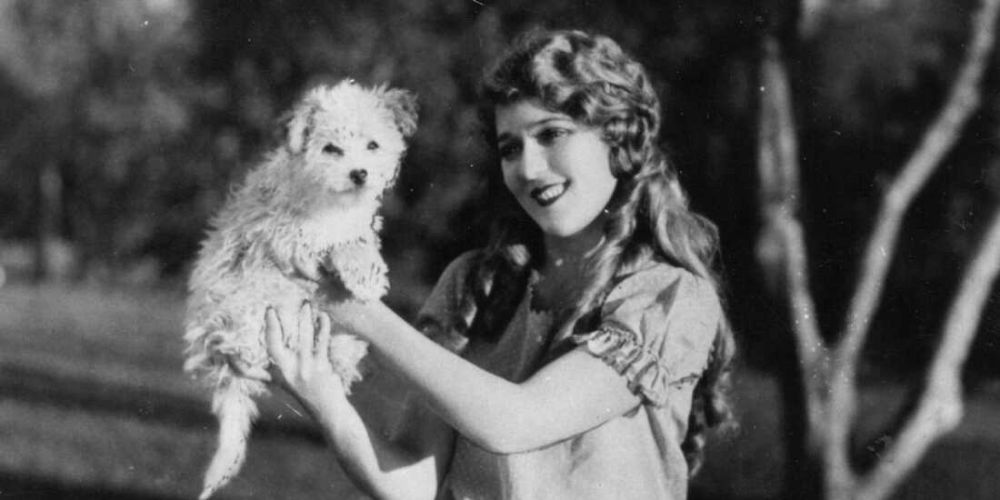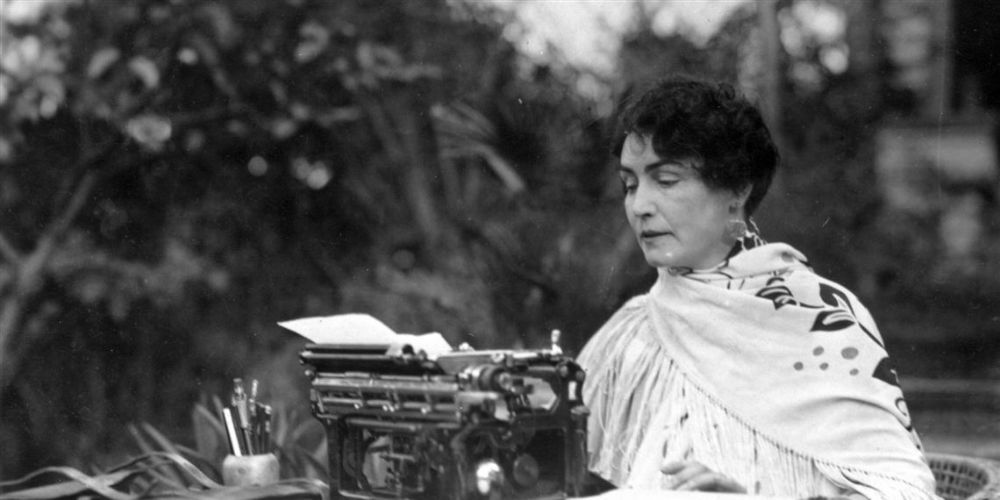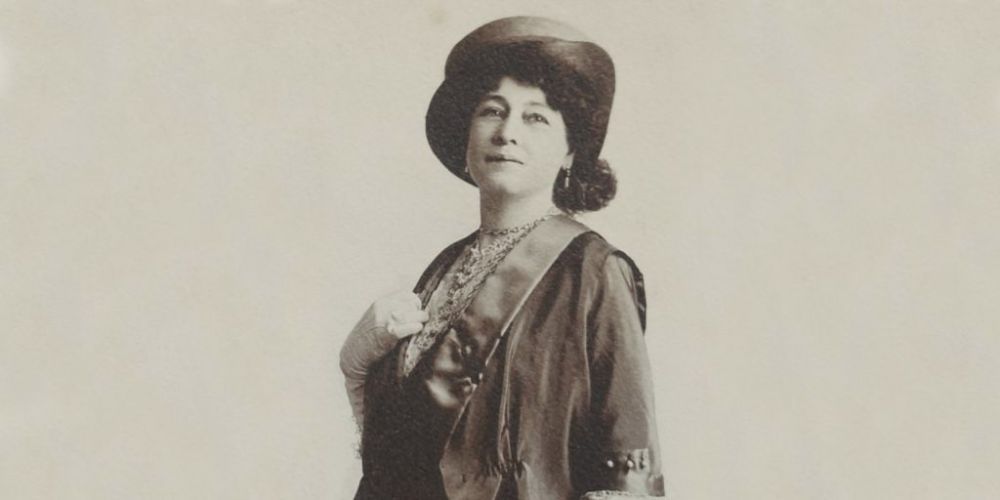Women have played a pivotal role in the evolution of cinema since the dawn of its existence in the 1890s. However, the legacies of these female pioneers have been completely overshadowed by their male counterparts. Cinematic icons such as D. W. Griffith and the Lumière brothers are household names when it comes to film history, while trailblazers such as Alice Guy-Blaché and Lois Weber remain relatively unknown.
From the days of the first moving images in the 1890s to the end of Hollywood's Golden Era in the 1950s, countless women broke through the gender barriers by paving the way as directors, studio executives, and screenwriters. Early cinema saw several pioneering women.
10 Hedda Hopper Is One Of Cinema's Most Polarizing Figures
Hedda Hopper was a gossip columnist who, at the height of her influence in the 1940s, had a readership of thirty-five million people. Hopper's most frequent topics included celebrity affairs, scandals, and chastising celebrities for their politics. She paved the way for future gossip organizations, like TMZ.
It is difficult to find a more polarizing Hollywood figure than Hedda Hopper. If she loved someone, she could help win them an Academy Award, as she did with Joan Crawford for Mildred Pierce. However, she also had the influence to end someone's career. She did this with countless liberals, who were blacklisted after being labeled Communists during the Red Scare of the 1940s and 1950s.
9 Olivia De Havilland Takes Hollywood To Court
One of American cinema's greatest stars, Olivia de Havilland was a two-time Oscar-winning actor who starred in countless Hollywood classics, like The Adventures of Robin Hood, Gone with the Wind, and The Heiress. However, during Hollywood's silent and golden eras, studios held full control over their actors and could push them into whatever roles the studio pleased.
Sick and tired of constantly being manipulated into playing ingénue roles, de Havilland took Hollywood to court. In a landmark decision, de Havilland won. What is now known commonly as the De Havilland Law weakened the power possessed by Hollywood studios and gave actors more freedom to choose their roles. Since the De Havilland Law went into effect, it has been used by Johnny Carson and Thirty Seconds to Mars.
8 Femme Fatale Hedy Lamarr Was Also An Inventor
Hedy Lamarr first gained international attention for her highly controversial performance in the Czech film Ecstasy. After this film, she moved to Hollywood and became typecast for playing seductive femme fatales.
In her spare time, Lamarr was an amateur inventor who improved the design of traffic lights, created a dissolving tablet that morphed into a soft drink, and helped Howard Hughes with the wing designs for one of his planes. Her most significant invention came in collaboration with her friend George Antheil. During WWII, Lamarr and Antheil developed a radio guidance system that utilized frequency-hopping technology to prevent torpedoes from being jammed. This technology would eventually provide the basis for Wi-Fi, GPS, and Bluetooth technology.
7 Dorothy Arzner Was Hollywood's Only Female Director For Over Fifteen Years
Except for one film, Dorothy Arzner was the only female director working in Hollywood from the time of her directorial debut in 1927 to her retirement in 1943. Arzner was the first woman to direct a sound film in Hollywood, Manhattan Cocktail, and was the first woman to join the Directors Guild of America.
Some of Arzner's most famous works include Merrily We Go to Hell, The Wild Party, which was nominated for the American Film Institute's list of greatest comedies, and Dance, Girl, Dance. The latter was inducted into the National Film Registry in 2007.
6 Ida Lupino Was A Maverick Actor And Filmmaker
Ida Lupino is one of the most successful individuals in the history of Hollywood. She began her career as an actor, appearing in iconic films such as They Drive by Night and High Sierra. Later in her career, she would earn three Emmy nominations working in television. Lupino was suspended multiple times during her acting career for refusing to take poorly-written roles for women.
During the late 1940s, Lupino began a career in directing. With the 1950 film Never Fear, Lupino became the first credited female director in Hollywood since Dorothy Arzner's retirement. Lupino would go on to direct two National Film Registry inducted films, Outrage and The Hitch-Hiker. With the advent of television, Lupino shifted her focus to the emerging medium and throughout the 1960s, Lupino worked as a director on over 40 television shows.
5 Frances Marion Set Academy Award Records
Frances Marion, whose career as a screenwriter spanned both the silent and sound eras, was the first person to win multiple Academy Awards for writing. Marion took home back-to-back Oscars in the early 1930s for The Big House and The Champ. She was a frequent collaborator of director Lois Weber and actor Mary Pickford.
In a prolific career that lasted nearly 30 years, Marion wrote over 130 screenplays. However, it has been estimated that Marion could have possibly worked on over 300 scripts.
4 June Mathis Was Once Crowned The Most Powerful Woman In Hollywood
June Mathis began her career as a screenwriter who wrote well over 100 screenplays during the silent era. Mathis' power and influence quickly grew, and by 35 years old, Mathis became the first female executive at Metro/MGM. She was also the highest-paid executive in all of Hollywood.
Mathis' responsibilities included influencing casting and director choices, script supervision, and control over the final editing of a film. Mathis discovered silent era idol Rudolph Valentino, writing the screenplay for several of his most popular films. Mathis was also involved in the infamous production of Erich von Stroheim's Greed, which needed to be edited down after the original cut came in at 10 hours long.
3 America's Sweetheart Mary Pickford Was The Queen Of The Movies
Mary Pickford was one of the most popular actors of the 1910s and 1920s and was the first movie actor to receive a percentage of a film's profits. Some of Pickford's most indelible films include Pollyanna, The Poor Little Rich Girl, and Coquette, which won her an Academy Award.
After earning titles such as "America's Sweetheart" and the "Queen of the Movies" as an actor, Pickford became one of the most significant figures in Hollywood. She opened two of her own studios: Pickford-Fairbanks Studios and United Artists. She also was one of the founding members of the Academy of Motion Picture Arts and Sciences.
2 Lois Weber Was One Of Hollywood's First Auteurs
Lois Weber was an auteur in every sense of the word. The first American woman to direct a feature film, Weber had a unique vision and was in charge of every aspect of production. As a highly experimental director, Weber was one of the first filmmakers to utilize split-screen techniques and was one of the earliest innovators of sound film.
Weber was a prolific pioneer of silent cinema. According to IMDb, Weber has over 100 credits each as a writer, director, and actor. Some estimations believe Weber directed up to 400 films, but sadly, the majority of her films are lost to history, with only a mere handful having been preserved. Three of Weber's films, Shoes, Where Are My Children?, and Suspense have been inducted into the National Film Registry.
1 Alice Guy-Blaché Was Forgotten By History
Alice Guy-Blaché is arguably the most important woman in the history of cinema, but she was completely left out of the history books, which was depicted in the documentary Be Natural: The Untold Story of Alice Guy-Blaché. Guy-Blaché began her film career in France in the 1890s where she rose through the ranks of Gaumont Film Company, eventually becoming head of production.
She then moved to the United States and created her own movie studio, Solax Studios. Guy-Blaché was one of the first filmmakers to direct a feature film, was the first female director in history, and is believed to have directed between 700 and 1,000 films between 1896 and 1920.

